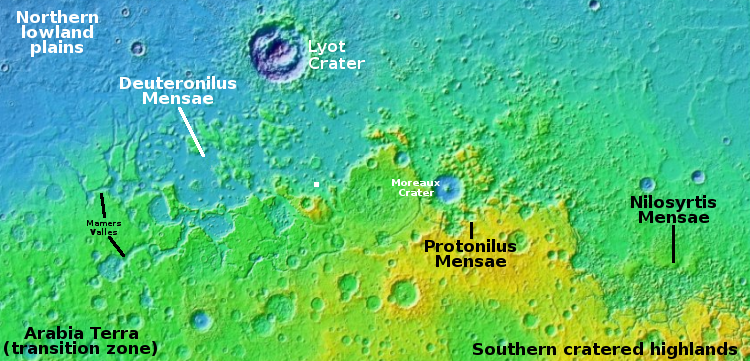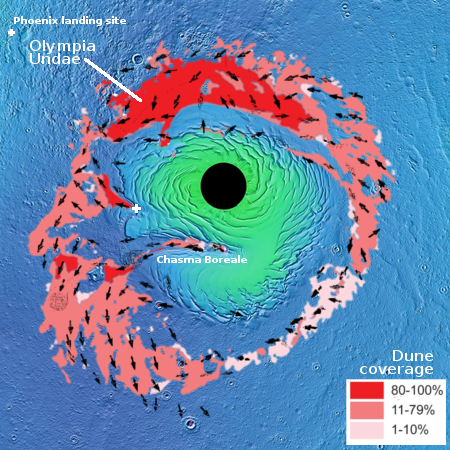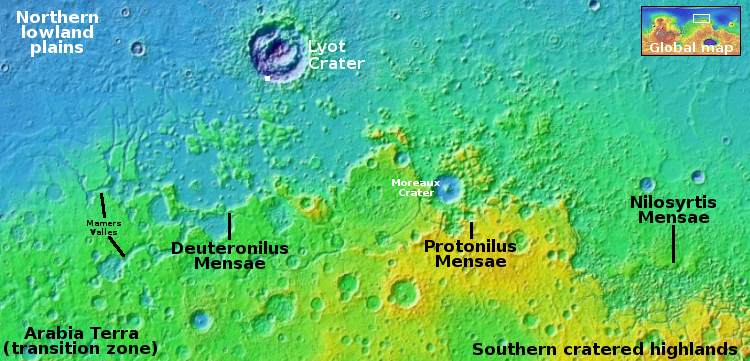FCC fines Dish for failing to put a geosynchronous satellite in its proper graveyard orbit
The FCC on October 2, 2023 announced it is fining Dish Network $150K for failing to raise the orbit of one of its dying geosynchronous satellites so that it was in a proper graveyard orbit and out of the way.
The settlement includes an admission of liability from Dish for leaving EchoStar-7 at 122 kilometers above its operational geostationary arc, less than halfway to where the satellite broadcaster had agreed. EchoStar-7 could pose orbital debris concerns at this lower altitude, the FCC warned.
The regulator said it approved a plan from Dish in 2012 to move the satellite at the end of its mission 300 kilometers above geostationary orbit, which is about 35,786 kilometers above the Earth. Dish had estimated it would need to start moving the satellite in May 2022 to ensure it had enough fuel for the trip after two decades in orbit — but just three months ahead of the planned move the company found insufficient propellant remaining.
It is routine for satellite companies to raise the orbits of their geosynchonous satellites when their lifespan is over in order to make room for future satellites. This higher orbit, long dubbed a graveyard orbit, is presently filled with many past satellites no longer in use (though the refueling and reusing of some is now taking place).
What makes this story different is the fine. The FCC has claimed it has the right to regulate the de-orbiting plans for all satellites, even though its statutory authority does not include that right. This fine is the first since the agency made that claim. That Dish settled rather than fight was likely a decision by managment to choose the lesser evil. Even though the courts would likely cancel the fine, the fight would cost as much as the fine, and there is a chance Dish would lose. As the saying goes, better to pay the two dollars than end up in jail.
As a result, this government agency has now established a precedent whereby it can regulate and even fine private companies for not doing what it dictates when it comes to decommissioning satellites, even though no law was ever passed giving it that power. And the FCC agrees.
“This is a breakthrough settlement,” FCC Enforcement Bureau Chief Loyaan Egal said in a statement, “making very clear the FCC has strong enforcement authority and capability to enforce its vitally important space debris rules.”
The unelected administrative state continues its unstoppable growth in power.
The FCC on October 2, 2023 announced it is fining Dish Network $150K for failing to raise the orbit of one of its dying geosynchronous satellites so that it was in a proper graveyard orbit and out of the way.
The settlement includes an admission of liability from Dish for leaving EchoStar-7 at 122 kilometers above its operational geostationary arc, less than halfway to where the satellite broadcaster had agreed. EchoStar-7 could pose orbital debris concerns at this lower altitude, the FCC warned.
The regulator said it approved a plan from Dish in 2012 to move the satellite at the end of its mission 300 kilometers above geostationary orbit, which is about 35,786 kilometers above the Earth. Dish had estimated it would need to start moving the satellite in May 2022 to ensure it had enough fuel for the trip after two decades in orbit — but just three months ahead of the planned move the company found insufficient propellant remaining.
It is routine for satellite companies to raise the orbits of their geosynchonous satellites when their lifespan is over in order to make room for future satellites. This higher orbit, long dubbed a graveyard orbit, is presently filled with many past satellites no longer in use (though the refueling and reusing of some is now taking place).
What makes this story different is the fine. The FCC has claimed it has the right to regulate the de-orbiting plans for all satellites, even though its statutory authority does not include that right. This fine is the first since the agency made that claim. That Dish settled rather than fight was likely a decision by managment to choose the lesser evil. Even though the courts would likely cancel the fine, the fight would cost as much as the fine, and there is a chance Dish would lose. As the saying goes, better to pay the two dollars than end up in jail.
As a result, this government agency has now established a precedent whereby it can regulate and even fine private companies for not doing what it dictates when it comes to decommissioning satellites, even though no law was ever passed giving it that power. And the FCC agrees.
“This is a breakthrough settlement,” FCC Enforcement Bureau Chief Loyaan Egal said in a statement, “making very clear the FCC has strong enforcement authority and capability to enforce its vitally important space debris rules.”
The unelected administrative state continues its unstoppable growth in power.


















